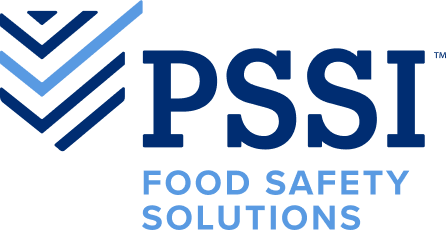The Microbial Control Equation (MCE) may sound like it is complicated, but it is a straight-forward way to ensure you have all the necessary food safety components in place to control environmental pathogens and spoilage organisms. Adapted from the Pathogen Control Equation1 used by many industries today, the MCE describes food safety principles needed for the control of microorganisms.
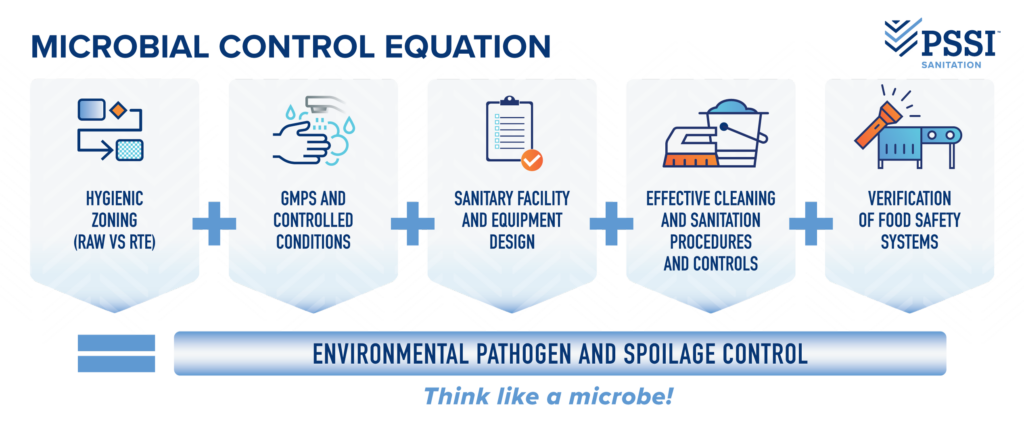
At the core of the first component is to separate raw from ready-to-eat (RTE). It is far more likely to find microorganisms in raw areas, so it is paramount to manage the cross-contamination potential from these raw areas into RTE areas. Hygienic zoning is the process of creating barriers that provide the required separation of raw vs RTE. Not only is physical separation important but also the traffic management of personnel, supplies and tools, air, equipment, and water. If the food product undergoes a “kill step” it is crucial that food moving from raw to RTE has been effectively processed, e.g., thermal inactivation. Failure to control the movement from raw to RTE can cause microbial contamination in the environment. Hygiene zones and traffic control don’t stop when production stops; all controls keeping raw separate from RTE should remain in place throughout sanitation as well.
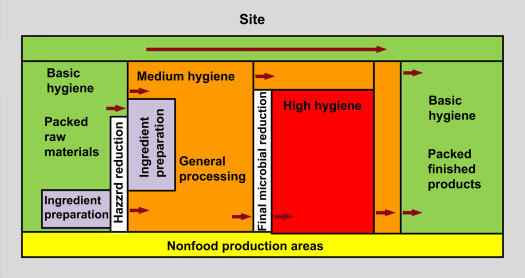
The second component to the Microbial Control Equation is Good Manufacturing Practices (GMPs) and controlled conditions. GMPs outline best practices for entering and working within production areas, in which the most impactful practice is handwashing. In the production area people may touch anything and everything, and if their hands are not clean, they may contaminate surfaces or products. Sanitation employees must also follow GMPs to prevent cross-contamination even if the food product is not present. Controlled conditions of the MCE refer to maintaining and controlling the environment to prevent the growth and spread of microorganisms. Keeping the production infrastructure in good condition, and as clean and dry as possible will help reduce harborage.
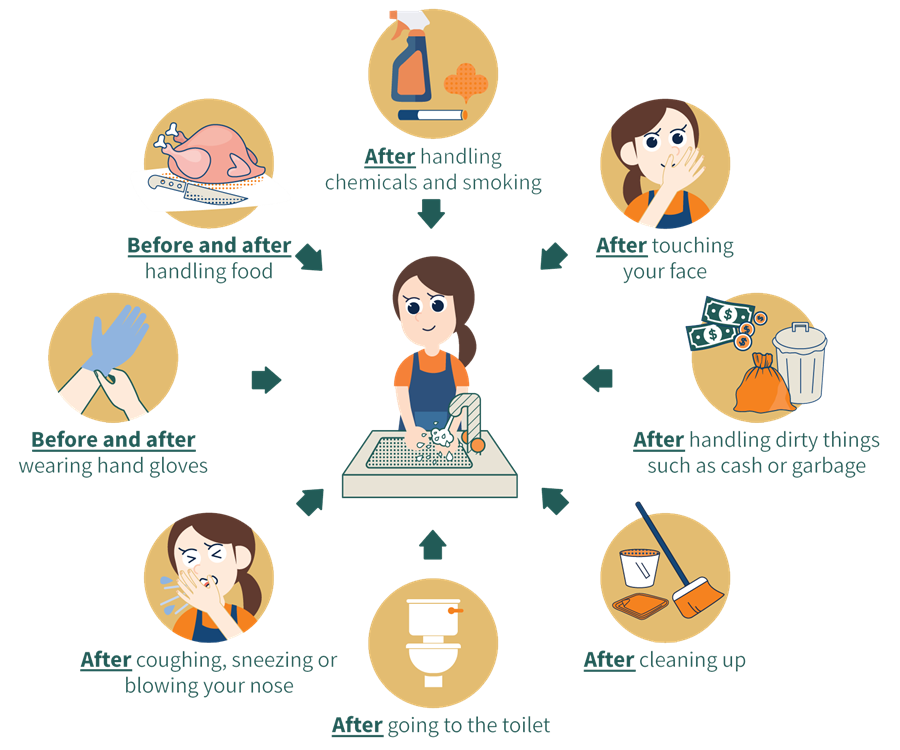
Having proper sanitary facility and equipment design means less harborage areas for microbes and more efficient sanitation. Component three of the Microbial Control Equation boils down to having the facility and equipment able to be cleaned to a microbiological level. In order to be successful at this, things in the plant must be made of materials that can be cleaned, they must be accessible to be cleaned with no niches, and water must be able to drain and dry.
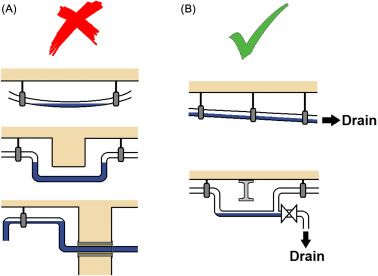
Microbial Control Equation highlights effective cleaning and sanitation procedures. PSSI’s 8-steps of sanitation are proven to be effective. Not only are the 8-Steps of Sanitation backed by decades of experience but also scientific data. Soil on surfaces can protect harmful microbes. It is important that after detergent application, scrubbing, and the second rinse that no food residues remain on surfaces. In addition to routine sanitation, non-routine or periodic cleaning must be conducted and is generally managed through a Master Sanitation Schedule.
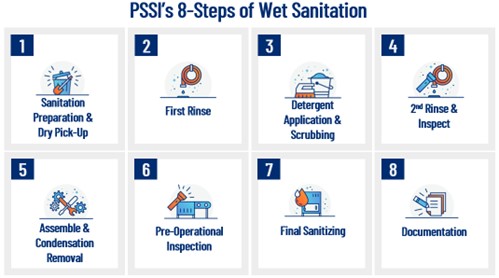
Microbial Control Equation highlights effective cleaning and sanitation procedures. PSSI’s 8-steps of sanitation are proven to be effective. Not only are the 8-Steps of Sanitation backed by decades of experience but also scientific data. Soil on surfaces can protect harmful microbes. It is important that after detergent application, scrubbing, and the second rinse that no food residues remain on surfaces. In addition to routine sanitation, non-routine or periodic cleaning must be conducted and is generally managed through a Master Sanitation Schedule.
The last component to round out the Microbial Control Equation is the verification of food safety systems. Environmental pathogen monitoring is absolutely a piece of verification; however it is not the only type of verification. Ideally, each control program is verified for its effectiveness in limiting microorganisms. This can be done through pre-operational inspections, GMP checks, internal audits, ATP testing, and microbiological testing of indicator organisms or pathogens in the environment and finished product. Regardless of the verification activity, it is important that the data collected are monitored for any trends suggesting the process is out of control. Tracking and trending verification data can drive continuous improvement of food safety systems.
When trying to control pathogens or spoilage organisms, think like a microbe. How can I get into the plant? Are there conditions allowing me to survive and thrive? Using the Microbial Control Equation as a tool, work through each food safety component to eliminate any gaps in microbial control. Successful food safety programs lead to microbial control, which leads to preventing foodborne illness.
1 Controlling Pathogens in Dairy Processing Environments: Guidance for the U.S Dairy Industry. 2019. Innovation Center for U.S. Dairy.
